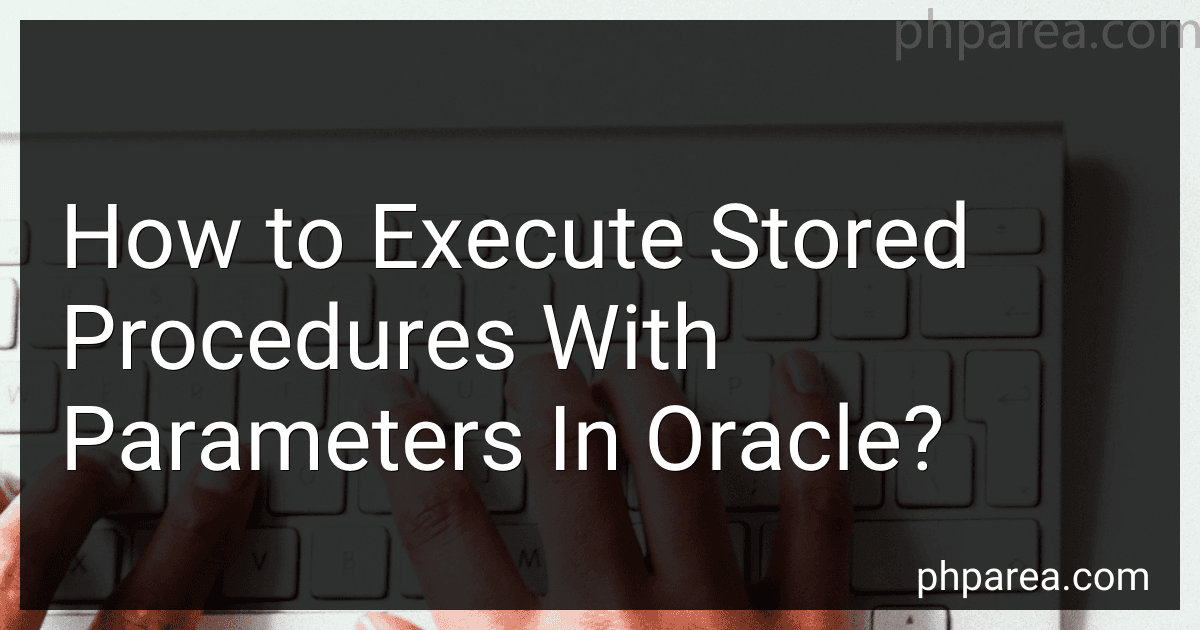Posts (page 130)
-
 8 min readTo implement a click-away listener in Next.js, you can follow these steps:First, import the necessary modules from Next.js. You will need to use useRef and useEffect hooks from React. import { useRef, useEffect } from 'react'; Create a function component and define a ref using the useRef hook. This ref will be used to track the reference to the element you want to click away from.
8 min readTo implement a click-away listener in Next.js, you can follow these steps:First, import the necessary modules from Next.js. You will need to use useRef and useEffect hooks from React. import { useRef, useEffect } from 'react'; Create a function component and define a ref using the useRef hook. This ref will be used to track the reference to the element you want to click away from.
-
 7 min readTo use Svelte with Tailwind CSS, you need to follow a few steps:Start by creating a new Svelte project using your preferred method (e.g., Svelte official template or a build setup like Vite or Rollup). Install Tailwind CSS by running the following command in your project's root directory: npm install tailwindcss Create a tailwind.config.js file in your project's root directory. This file will hold your Tailwind CSS configuration.
7 min readTo use Svelte with Tailwind CSS, you need to follow a few steps:Start by creating a new Svelte project using your preferred method (e.g., Svelte official template or a build setup like Vite or Rollup). Install Tailwind CSS by running the following command in your project's root directory: npm install tailwindcss Create a tailwind.config.js file in your project's root directory. This file will hold your Tailwind CSS configuration.
-
 3 min readTo select all columns from a table in Oracle, you can use the following SQL query:SELECT * FROM table_name;In the above query, "table_name" should be replaced with the actual name of the table from which you want to retrieve all the columns.This query retrieves all the columns and their corresponding values from the specified table. The asterisk (*) is a wildcard symbol denoting all columns.
3 min readTo select all columns from a table in Oracle, you can use the following SQL query:SELECT * FROM table_name;In the above query, "table_name" should be replaced with the actual name of the table from which you want to retrieve all the columns.This query retrieves all the columns and their corresponding values from the specified table. The asterisk (*) is a wildcard symbol denoting all columns.
-
 10 min readIn Next.js, you can persistently store data by utilizing various methods and technologies. Here are some approaches commonly used:Server-side rendering (SSR): Next.js supports SSR out of the box, allowing you to fetch and render data on the server before sending it to the client. This acts as an effective method for persistently storing data, as the server can retrieve and serve pre-rendered data to users upon each request. API routes: Next.
10 min readIn Next.js, you can persistently store data by utilizing various methods and technologies. Here are some approaches commonly used:Server-side rendering (SSR): Next.js supports SSR out of the box, allowing you to fetch and render data on the server before sending it to the client. This acts as an effective method for persistently storing data, as the server can retrieve and serve pre-rendered data to users upon each request. API routes: Next.
-
 7 min readTo convert time zones in Oracle, you can use the built-in functions and techniques provided by the database. Here are some ways to achieve this:Using the TO_TIMESTAMP_TZ function: This function allows you to convert a timestamp with time zone to a different time zone. It takes a string representation of the timestamp as input and converts it to the specified time zone.
7 min readTo convert time zones in Oracle, you can use the built-in functions and techniques provided by the database. Here are some ways to achieve this:Using the TO_TIMESTAMP_TZ function: This function allows you to convert a timestamp with time zone to a different time zone. It takes a string representation of the timestamp as input and converts it to the specified time zone.
-
 6 min readLazy loading in Svelte components allows you to load components only when they are needed, improving the overall performance of your application. Here is an overview of how to implement lazy loading in Svelte components:Identify the components: Determine which components in your application can be lazy loaded. These are typically components that are not immediately visible on the initial page load.
6 min readLazy loading in Svelte components allows you to load components only when they are needed, improving the overall performance of your application. Here is an overview of how to implement lazy loading in Svelte components:Identify the components: Determine which components in your application can be lazy loaded. These are typically components that are not immediately visible on the initial page load.
-
 12 min readTo fetch JSON files with Next.js, you can use the built-in fetch API or third-party libraries such as axios. Here's how you can go about it:Start by importing the necessary dependencies. If you want to use the built-in fetch API, you don't need any additional imports. However, if you prefer using axios, you need to install it first by running npm install axios. Next, you can write a function or a component that fetches the JSON file.
12 min readTo fetch JSON files with Next.js, you can use the built-in fetch API or third-party libraries such as axios. Here's how you can go about it:Start by importing the necessary dependencies. If you want to use the built-in fetch API, you don't need any additional imports. However, if you prefer using axios, you need to install it first by running npm install axios. Next, you can write a function or a component that fetches the JSON file.
-
 8 min readIn Oracle, you can preserve a table in memory through the following steps:Enable the Automatic Memory Management feature in Oracle by setting the MEMORY_TARGET parameter in the initialization parameter file (init.ora or spfile.ora). Configure the SGA_TARGET parameter to specify the size of the System Global Area (SGA) in memory. The SGA contains important data structures and control information for Oracle. Increase the size of the DB_CACHE_SIZE initialization parameter.
8 min readIn Oracle, you can preserve a table in memory through the following steps:Enable the Automatic Memory Management feature in Oracle by setting the MEMORY_TARGET parameter in the initialization parameter file (init.ora or spfile.ora). Configure the SGA_TARGET parameter to specify the size of the System Global Area (SGA) in memory. The SGA contains important data structures and control information for Oracle. Increase the size of the DB_CACHE_SIZE initialization parameter.
-
 8 min readIn Next.js, you can execute a component before another one by using the concept of nested components and JSX syntax. To execute a component before another one, you can place it inside the body of the parent component. This way, it will be rendered and executed before the child components.
8 min readIn Next.js, you can execute a component before another one by using the concept of nested components and JSX syntax. To execute a component before another one, you can place it inside the body of the parent component. This way, it will be rendered and executed before the child components.
-
 10 min readTo create a Svelte component library, you can follow these general steps:Set up your project: Start by creating a new directory for your component library project. Initialize a new npm package using npm init. Install the required dependencies, such as svelte, rollup, and babel if needed. Create a component: Begin by creating your individual components. Each component should have its own folder within your project directory. Each component folder should contain a .
10 min readTo create a Svelte component library, you can follow these general steps:Set up your project: Start by creating a new directory for your component library project. Initialize a new npm package using npm init. Install the required dependencies, such as svelte, rollup, and babel if needed. Create a component: Begin by creating your individual components. Each component should have its own folder within your project directory. Each component folder should contain a .
-
 5 min readTo execute stored procedures with parameters in Oracle, you can follow the steps below:Connect to the Oracle database using a client tool such as SQL Developer or SQL*Plus. Ensure that you have the necessary privileges to execute the stored procedure. Open a new SQL worksheet or command prompt to write the SQL code. Begin the SQL code with the keyword "EXEC" or "EXECUTE" followed by the name of the stored procedure.
5 min readTo execute stored procedures with parameters in Oracle, you can follow the steps below:Connect to the Oracle database using a client tool such as SQL Developer or SQL*Plus. Ensure that you have the necessary privileges to execute the stored procedure. Open a new SQL worksheet or command prompt to write the SQL code. Begin the SQL code with the keyword "EXEC" or "EXECUTE" followed by the name of the stored procedure.
-
 5 min readLifecycle hooks in Svelte are used to perform actions at specific points in a component's lifecycle. These hooks are similar to lifecycle hooks in other frameworks like Vue.js and React. There are four main lifecycle hooks available in Svelte:onMount: This hook is called when the component is first rendered in the DOM. It is often used to perform one-time setup tasks such as fetching data from an API or subscribing to events.
5 min readLifecycle hooks in Svelte are used to perform actions at specific points in a component's lifecycle. These hooks are similar to lifecycle hooks in other frameworks like Vue.js and React. There are four main lifecycle hooks available in Svelte:onMount: This hook is called when the component is first rendered in the DOM. It is often used to perform one-time setup tasks such as fetching data from an API or subscribing to events.